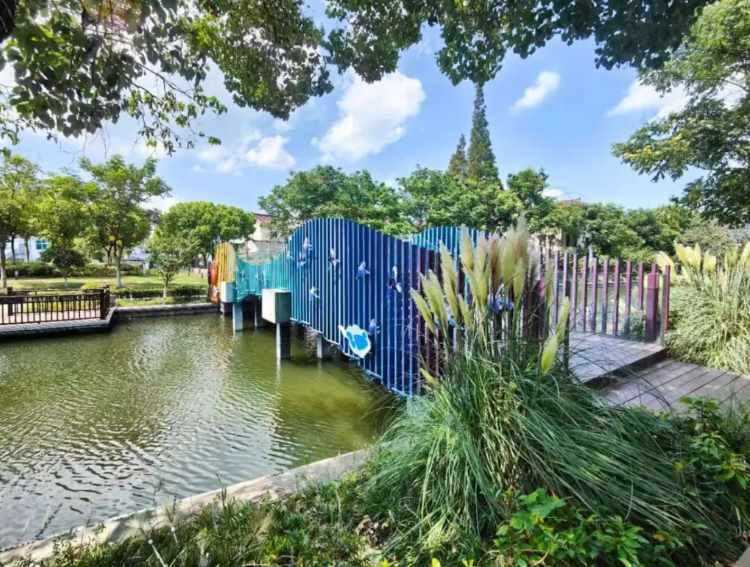
Shanghai’s A Wellness Journey Through Minhang’s Rural Retreats: Health, Heritage, and Harvest
As someone who craves balance between city life and nature, I was drawn to Minhang’s “Healthy Countryside” tour—a journey that promised fresh air, nutritious food, and cultural immersion. Over three days, I wandered through forested parks, fished for crabs in clear rivers, picked grapes in sunlit vineyards, and learned age-old crafts. This wasn’t just a vacation; it was a reset, a chance to nourish my body and mind while exploring the hidden gems of Shanghai’s rural west.
As someone who craves balance between city life and nature, I was drawn to Minhang’s “Healthy Countryside” tour—a journey that promised fresh air, nutritious food, and cultural immersion. Over three days, I wandered through forested parks, fished for crabs in clear rivers, picked grapes in sunlit vineyards, and learned age-old crafts. This wasn’t just a vacation; it was a reset, a chance to nourish my body and mind while exploring the hidden gems of Shanghai’s rural west.
My first stop was Pujiang Country Park, a sprawling 4A-level scenic area known as a “natural oxygen bar.” I laced up my walking shoes and set off along the 4-kilometer riverside trail, with the Huangpu River glistening on one side and dense forests on the other. The air was crisp and fresh, filled with the scent of pine and wildflowers, and I passed locals practicing tai chi, walking their dogs, and flying kites. Halfway through, I stopped at a pavilion to rest, sipping a bottle of local osmanthus tea while watching boats sail by. It was peaceful, a world away from the noise of downtown Shanghai. Later, I visited the park’s Miracle Garden, which hosted an international art flower show themed around “Nai Long’s Flower Universe.” The garden was transformed into a fairy-tale land, with giant flower sculptures, colorful mosaics, and interactive light installations. I spent hours taking photos, enchanted by the blend of nature and art.
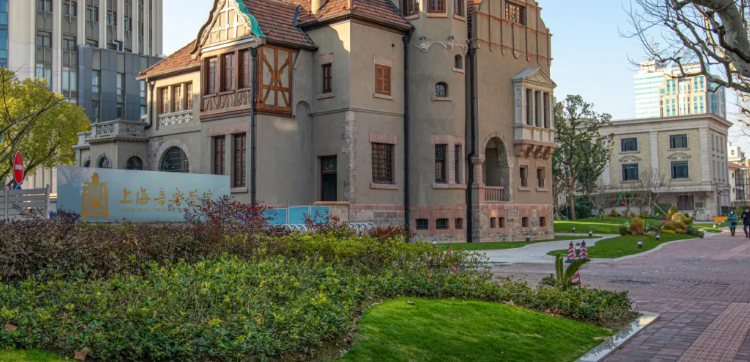
The next day, I headed to Duan’s Aquaculture in Huizhong Village, famous for its “Laozhagang” crabs. As autumn arrived, the crabs were at their fattest—female crabs with rich roe, male crabs with creamy paste. I joined a group for crab fishing, lowering a bamboo basket baited with shrimp into the clear water. After 20 minutes of waiting, I pulled up the basket to find two large crabs scuttling inside—my heart raced with excitement! The farmers showed me how to pick the freshest crabs (look for a green back, white belly, and sharp claws) and then steamed them on the spot. The meat was sweet and tender, so juicy that it melted in my mouth. I paired it with a bowl of ginger vinegar, which cut through the richness perfectly. Over lunch, the owner told me about their eco-friendly farming methods—using water plants to purify the water and feeding the crabs natural food like snails and corn. It was inspiring to see how they prioritize sustainability while producing such delicious seafood.
In the afternoon, I visited the Huizhong Village Wine Science Courtyard, a collaboration between Shanghai Jiao Tong University and local farmers. Surrounded by acres of grapevines, the courtyard was a hub of innovation. I took a tour of the vineyards, learning about low-carbon planting techniques that reduce water and fertilizer use. Then, I joined a workshop to make homemade grape juice—crushing fresh grapes by hand and straining the juice through a cloth. The juice was sweet and refreshing, with no added sugars, and I bottled a jar to take home. A researcher explained how the courtyard combines science, agriculture, and tourism, helping farmers increase their income while promoting environmental protection. It was a wonderful example of how rural areas can thrive through innovation.

My final stop was Gexin Village’s Senzang BLOOM, a wellness retreat focused on “Soil to Heart” living. Nestled among rice fields and lakes, the retreat offered a range of activities to connect with nature. I spent the morning picking vegetables in the organic greenhouse, then joined a pottery class where I made a small bowl using clay from the fields. In the afternoon, I relaxed by the lake, reading a book while listening to birdsong, and later joined a bonfire gathering with other guests. The retreat’s restaurant served farm-to-table meals—stir-fried vegetables, braised pork, and rice cakes made with local rice. Everything tasted fresh and flavorful, a testament to the quality of the ingredients. I stayed in a cozy cabin with a view of the rice fields, and as I drifted off to sleep, I felt a deep sense of calm.
This journey through Minhang’s countryside taught me that wellness isn’t just about exercise or diet—it’s about connecting with nature, learning from traditions, and supporting sustainable practices. From the fresh crabs of Huizhong Village to the organic vegetables of Senzang BLOOM, every meal was a celebration of the land. From the TCM-inspired activities to the craft workshops, every experience nourished my mind. As I returned to the city, I felt refreshed and recharged, with a new appreciation for Shanghai’s rural areas—where health, heritage, and harvest come together in perfect harmony.
Recommended
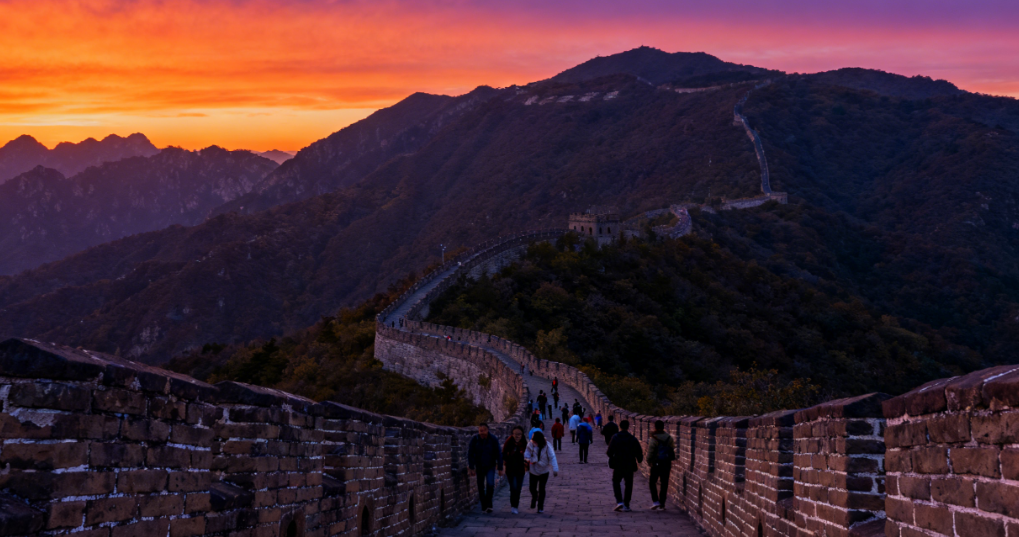
Beijing Travel Guide: Uncover the Heart of China’s Past and Present
As someone who has wandered Beijing’s hutongs, mar...

Step-by-Step Guide: How to Apply for Your China Visa in late 2025
Great news for travelers! As of September 30, 2025...
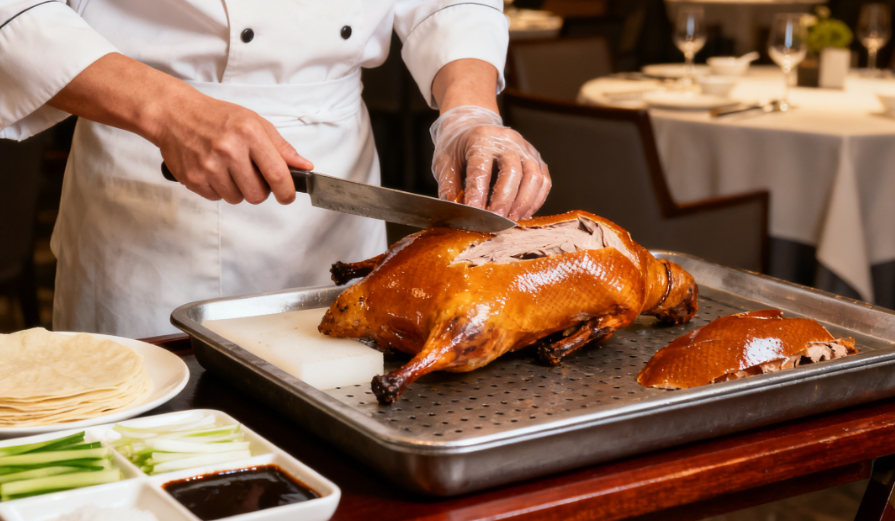
Beijing Food Guide: A Culinary Journey Through History and Flavor
Having spent over a year living in Beijing, I’ve w...
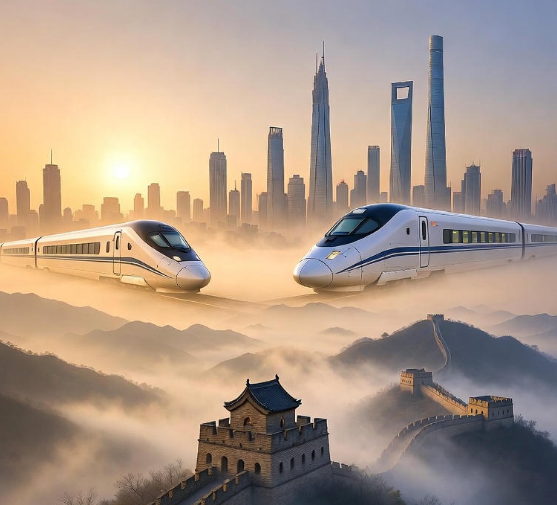
China Travel Tips: My Love Letter to the Middle Kingdom After Dozens of Trips
After 20+ trips across China, I’m spilling all my ...

Expert Guide: Mastering Mobile Payments in China (2025 Edition)
Below is an English guide designed for your intern...
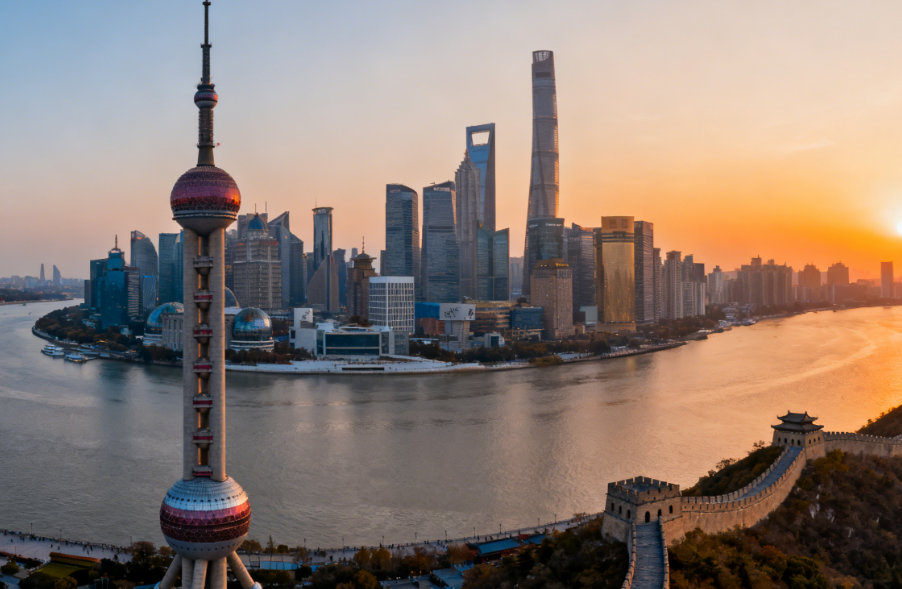
“Your Guide to Fast & Easy Payment for Chinese Consulate Services (2025)”
The document explains service fee standards for co...
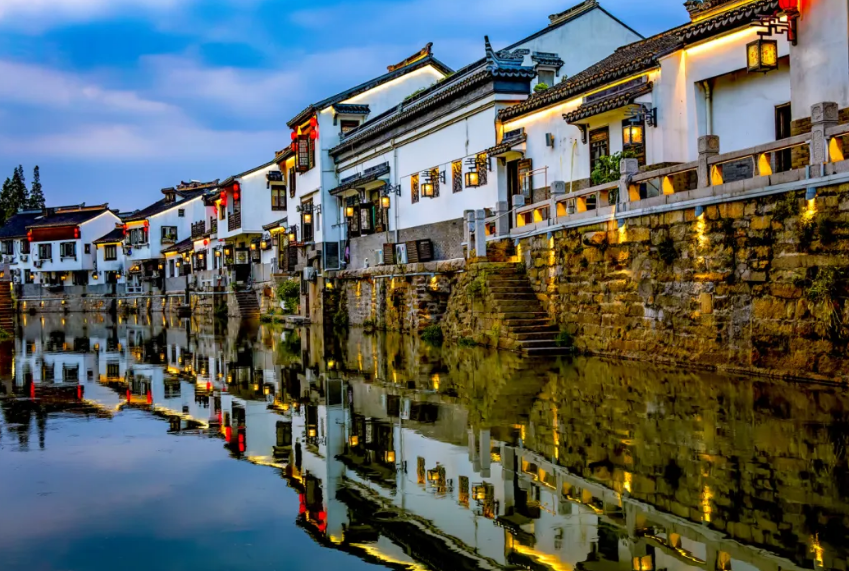
Shanghai A Slow Journey Through Baoshan’s Golden Autumn: History, Nature, and Nostalgic Flavors
Seeking a break from the fast pace of city life, I...

My Journey Through Chinese Cuisine: A Symphony of Flavors
When I first set foot in China, I knew food would ...

No Visa, No Cash, No Worries: The Ultimate Survival Guide to China in 2025
a local travel expert breaks down the revolutionar...
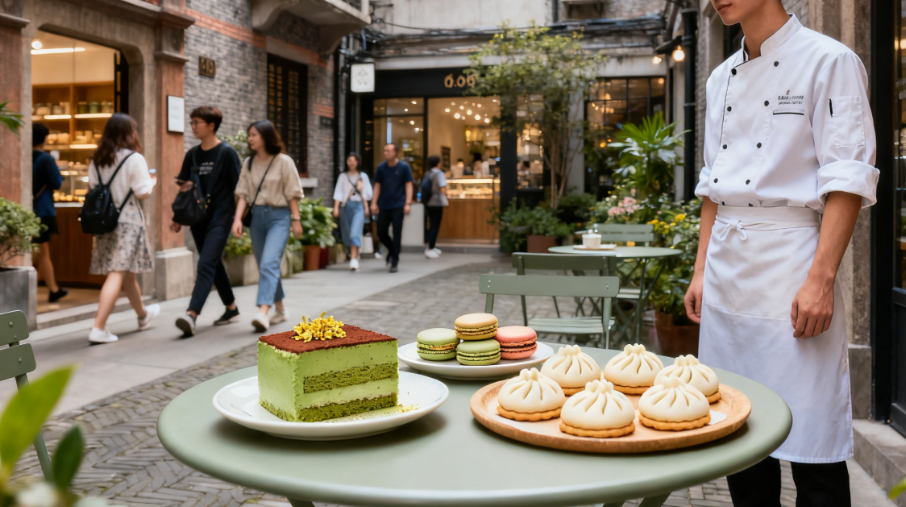
Bite into Shanghai: My Culinary Journey Through Street Stalls and Fine Dining
For me, Shanghai’s food is more than sustenance—it...
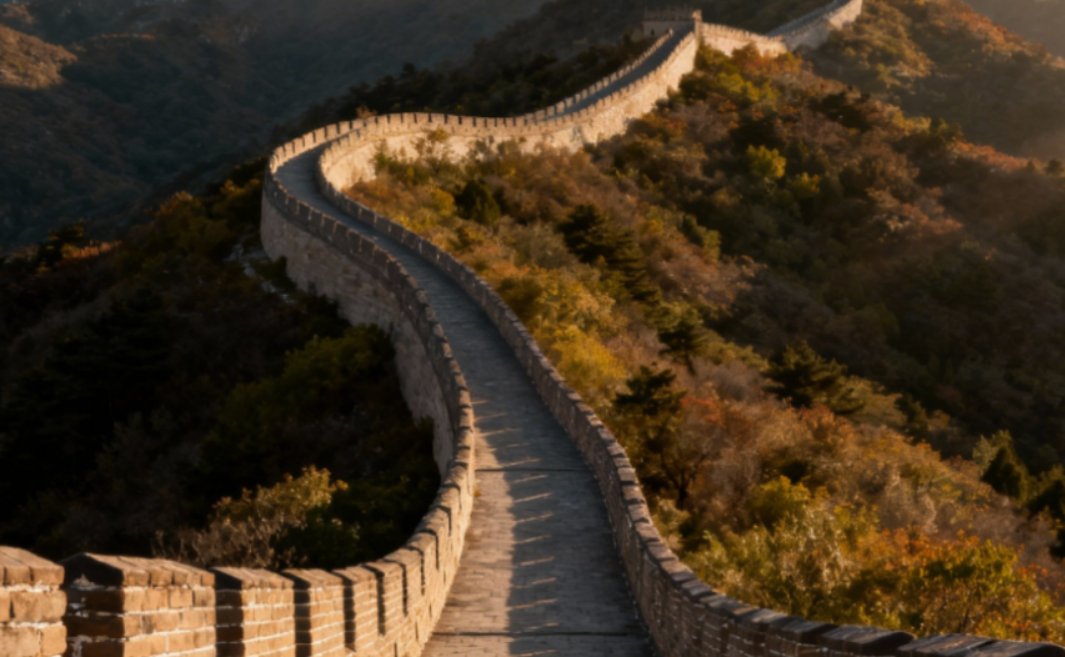

Walking With Emperors: Your Complete Guide to China’s Forbidden City
Step through the crimson gates of Beijing's Palace...